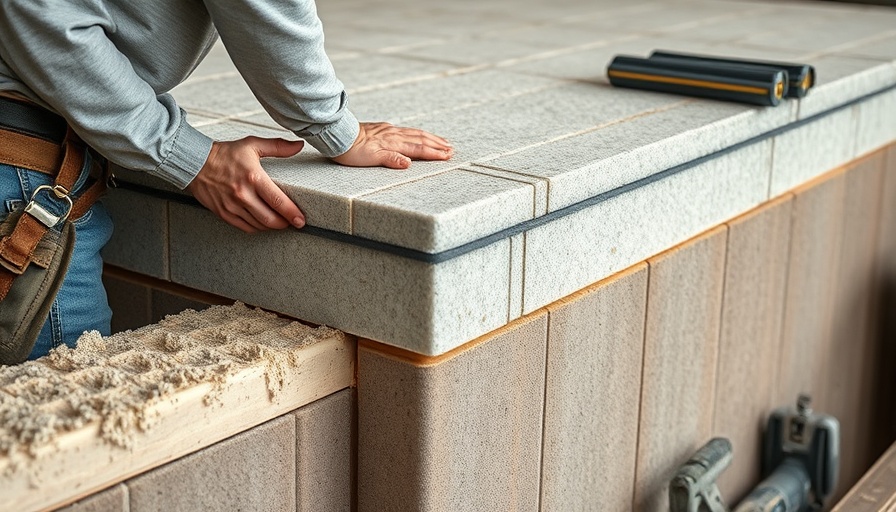
The Hidden Importance of Proper Slab Edge Insulation
Understanding slab edge insulation is critical for construction professionals who aim to improve energy efficiency and occupant comfort in buildings. Often overlooked, slab edge insulation plays a vital role in creating a thermal boundary that minimizes heat loss, especially in cold climates. When insulation is not installed correctly, it can result in significant energy inefficiencies and uncomfortable indoor temperatures.
Why Slab Edge Insulation Matters
As professional builders and architects seek to meet energy codes and enhance building performance, the significance of slab edge insulation cannot be overstated. Proper installation can lead to dramatic improvements in energy consumption, demonstrating how critical this aspect of construction is to sustainability efforts. According to the International Building Code, slab-on-grade floors must be insulated according to specified requirements that account for R-values necessary for various climate zones.
Common Misconceptions About Slab Edge Insulation
A prevalent misconception is that concrete itself provides adequate insulation against heat loss. In reality, concrete offers minimal thermal resistance; it takes approximately 12 inches of solid concrete to achieve only an R-value of 1. By installing proper slab-edge insulation, builders can significantly reduce heat loss and increase comfort for inhabitants during extreme weather conditions.
Installation Techniques and Best Practices
When installing slab edge insulation, professionals should consider using extruded polystyrene (XPS) or mineral wool, which are effective at meeting or exceeding code requirements. As noted in the Building America Solution Center's guidelines, ensuring insulation is in direct contact with the damp-proofed slab edge is essential for optimal performance. Additionally, concealing the insulation with protective coverings helps safeguard against moisture and biological growth.
Future Trends in Slab Edge Insulation
As the construction industry continues to innovate, the approach to slab edge insulation is likely to evolve. Techniques that integrate modern materials and practices will enhance building comfort and energy efficiency. The integration of thermal imaging technology and construction management software can also facilitate the assessment of insulation performance, ushering in a new era of energy-efficient design.
Conclusion: The Call for Awareness
For contractors and building professionals, understanding the best practices for slab edge insulation and its implications on energy efficiency is crucial. As we advance into a future focused on sustainability in construction, prioritizing proper insulation techniques will be key. Those interested in enhancing their knowledge and skills in this area should consult detailed guides and participate in training opportunities to ensure compliance and maximize energy savings.
 Add Row
Add Row  Add
Add 




Write A Comment